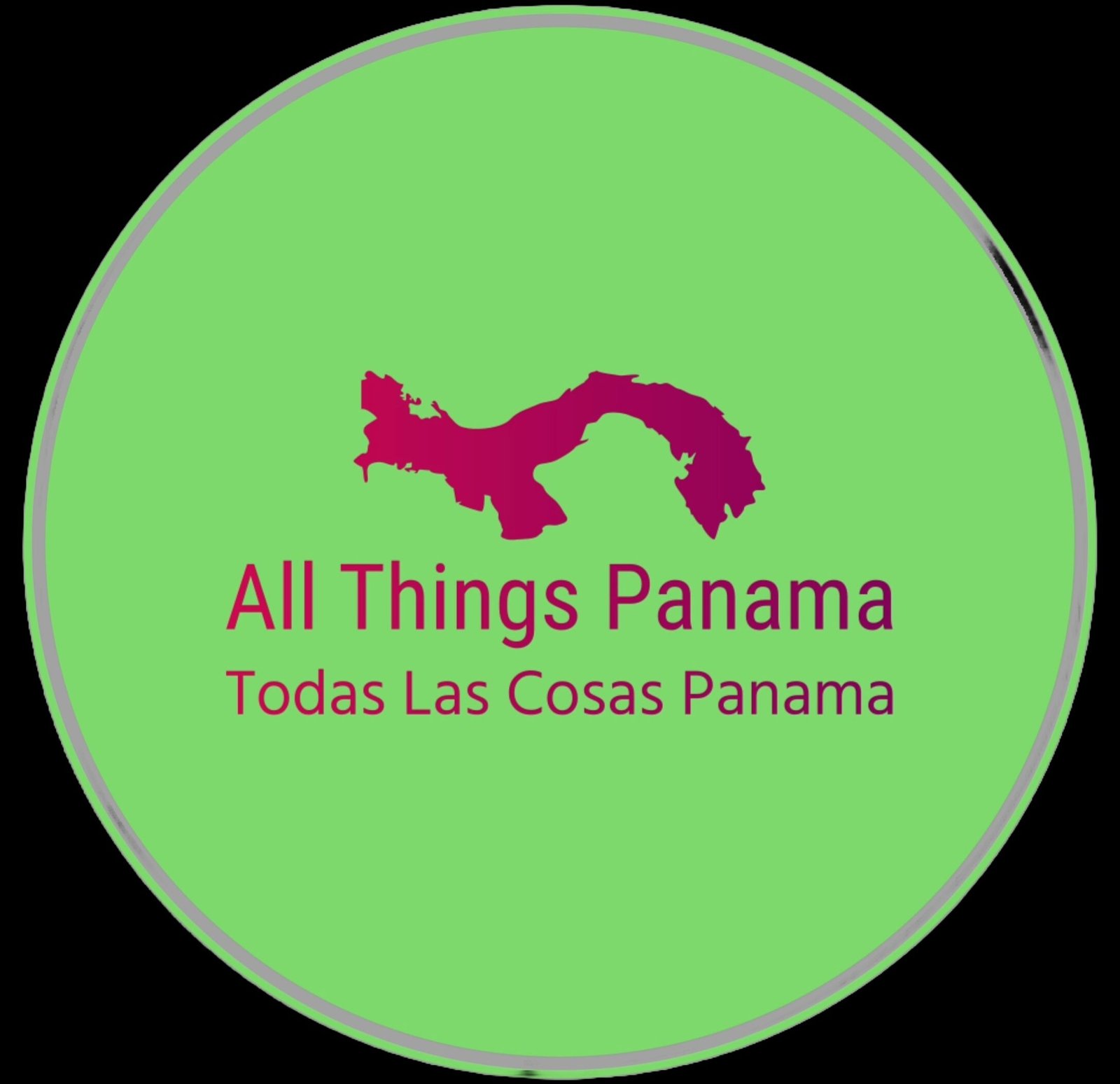Marco Rubio arrived in the Panamanian capital Saturday on his first foreign trip as U.S. Secretary of State, amid tensions over President Donald Trump’s threat to retake control of the Panama Canal. Rubio begins a six-day tour in Panama that will also take him to El Salvador, Costa Rica, Guatemala, and the Dominican Republic with an agenda focused on the canal, migration, fighting organized crime, and containing China’s influence in the region.
The Secretary of State was received by Panamanian Foreign Minister Javier Martínez-Acha at Panama Pacifico Airport in the western part of the capital, where the plane aborted a first landing attempt due to strong winds and managed to touch down minutes later. Unlike his predecessors who adopted a conciliatory message with allies on their first trips, Rubio arrives in Latin America with an aggressive foreign policy. In another demonstration of this, Trump imposed tariffs on Canada, Mexico, and China on Saturday.
His trip is preceded by deportations of shackled migrants and accusations that China interferes in the Panama Canal through Hutchison Holdings, a Hong Kong company that operates two ports at the entrances of the interoceanic waterway. Trump hasn’t even ruled out the use of military force to “reclaim” the canal, built by the United States and handed over to Panama in late 1999, under bilateral treaties.
Rubio will visit the Panama Canal, according to a U.S. official, and will meet with President José Raúl Mulino on Sunday. Mulino rules out opening negotiations and has already complained to the UN about Trump’s threat. “The canal belongs to Panama,” he reiterated Thursday. The Panamanian president has denied that China exercises control over the canal. Amid the controversy, Panamanian authorities initiated an audit of Hutchison Holdings.
Maximum Pressure
Shortly before the Secretary of State’s flight arrived, groups of protesters burned U.S. flags in the capital’s center. More protests were called for Sunday in the capital when Rubio meets with Mulino, with streets, buildings, and squares decorated with Panamanian flags for the occasion.
Some experts believe Trump is only exerting pressure and could declare victory if China’s influence is reduced and U.S. investment in the canal increases, something most Panamanians would approve of. Rubio has downplayed the military option but without contradicting his boss. “The president has been quite clear that he wants to manage the canal again,” he told SiriusXM radio in a pre-trip interview.
He acknowledged that Panama’s government “is generally pro-American” but considers the canal, through which 40% of U.S. container traffic passes, a “fundamental national interest” for Washington. “We cannot allow any foreign power, particularly China, to have that kind of potential control over the canal that they have. That simply cannot continue,” Rubio warned.
The U.S. Special Envoy for Latin America, Mauricio Claver-Carone, said Friday that the fault lies not with Mulino but with former Panamanian president Juan Carlos Varela, who in 2017, during Trump’s first presidential term, broke ties with Taiwan in favor of China. “It wasn’t just diplomatic recognition. He literally opened the floodgates and gave strategic assets throughout the canal zone to China,” he stated.
He accused Panama of unfairly increasing tolls for U.S. ships, but Panama maintains the increase was for vessels from all countries due to drought, exacerbated by climate change, which affected the canal’s operation. Trump doesn’t hesitate to pressure other countries to bend them to his will, especially to achieve his top priority: expelling irregular migrants.
A week ago, with the threat of tariffs, he made Colombian President Gustavo Petro reverse his decision not to accept a military plane with migrants, some in shackles.
The post US-Panama Tensions Rise as Rubio Visits Amid Canal Control Dispute appeared first on The Tico Times | Costa Rica News | Travel | Real Estate.
